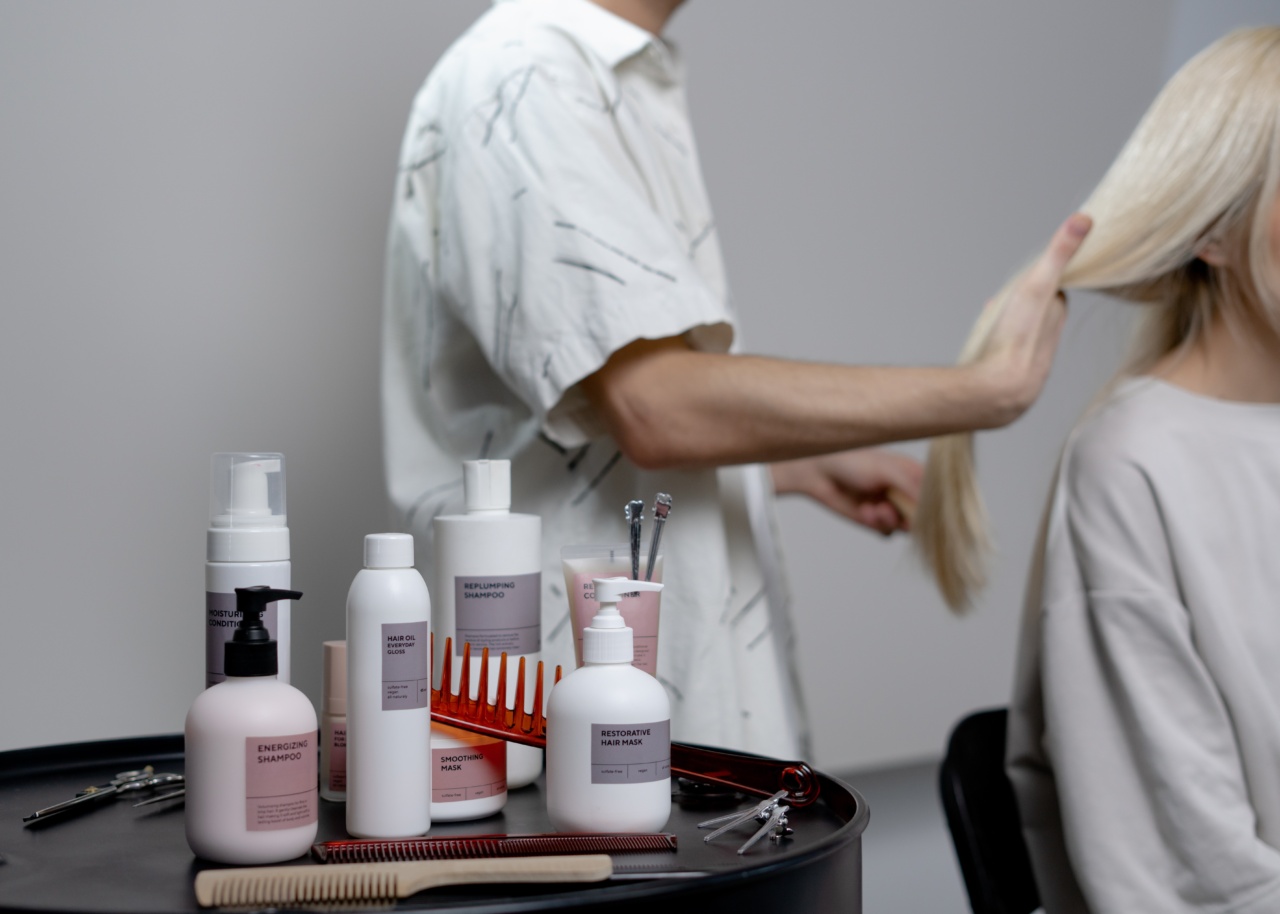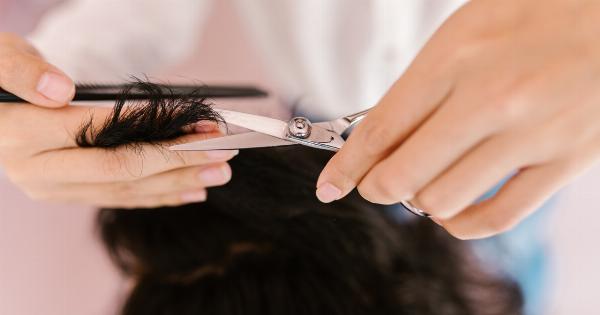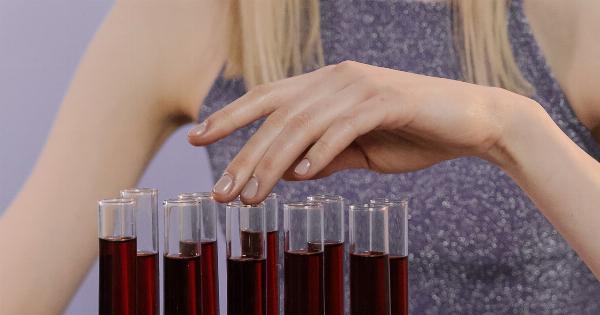Accidents happen, even in the most careful of environments. If you’ve experienced a hair scissor burn, it’s important to take immediate action to relieve pain and promote healing.
This guide will walk you through three simple steps to effectively deal with hair scissor burns.
Step 1: Cool the Burn
The first and most crucial step in dealing with a hair scissor burn is to cool the affected area as quickly as possible. This helps to soothe the pain and prevent further damage to the skin.
Here’s what you need to do:.
1.1 Rinse with Cold Water
Hold the burned area under cold running water for at least 10 minutes. The cool temperature helps to reduce inflammation and provide immediate relief. If running water is not available, immerse the burn in a bowl of cold water instead.
1.2 Apply a Cold Compress
After rinsing the burn, gently place a cold compress over the affected area. You can use ice wrapped in a cloth or a gel cold pack. This further cools the burn and helps to numb the pain.
Remember not to apply ice directly to the skin as it may cause frostbite.
Continue applying the cold compress for 10-15 minutes or until the pain subsides.
Step 2: Treat the Burn
Once the burn has been cooled, it’s time to provide proper treatment to promote healing and prevent infection.
Follow these steps:.
2.1 Clean the Burn
Gently cleanse the burned area with mild soap and cool water. Pat the area dry with a clean, soft towel. Avoid rubbing the burn as it may cause further irritation.
2.2 Apply an Antiseptic Ointment
Using a sterile cotton swab, apply a thin layer of antiseptic ointment to the burn. This helps to prevent infection and aids in the healing process. Be sure to follow the instructions on the ointment packaging for proper usage.
2.3 Cover the Burn
Protect the burn by covering it with a sterile, non-stick bandage or gauze pad. This helps to keep the area clean and prevents further irritation. Secure the bandage lightly to avoid restricting blood circulation.
Step 3: Aid in Healing
After treating the burn, it’s important to support the healing process by following a few essential steps.
Take these measures:.
3.1 Use Over-the-Counter Pain Relievers
If you’re experiencing pain or discomfort, consider taking over-the-counter pain relievers such as ibuprofen or acetaminophen. Follow the dosage instructions carefully and consult a healthcare professional if needed.
3.2 Promote Moisture and Healing
Regularly apply an over-the-counter burn cream or aloe vera gel to the affected area. These products provide moisture, help to reduce scarring, and speed up the healing process. Apply the cream or gel as directed on the packaging.
3.3 Avoid Picking or Popping Blisters
If blisters form on the burned area, resist the urge to pop or pick them. Popping blisters can increase the risk of infection and delay healing. Instead, allow them to heal naturally.
If the blisters burst on their own, clean the area with mild soap and water, apply an antiseptic ointment, and cover with a sterile bandage.
3.4 Stay Hydrated and Nourish Your Body
Drinking plenty of water helps to hydrate your body and promote overall healing. Additionally, consuming a balanced diet rich in vitamins and minerals aids in the recovery process.
Include foods high in vitamins C and E, zinc, and protein to support skin health and regeneration.
Conclusion
Dealing with a hair scissor burn can be an uncomfortable experience, but following these three simple steps can help alleviate the pain and support the healing process.
Remember to cool the burn immediately, treat it with care, and aid in the healing process. If the burn shows signs of infection or fails to heal within a reasonable timeframe, it’s important to consult a healthcare professional.






























